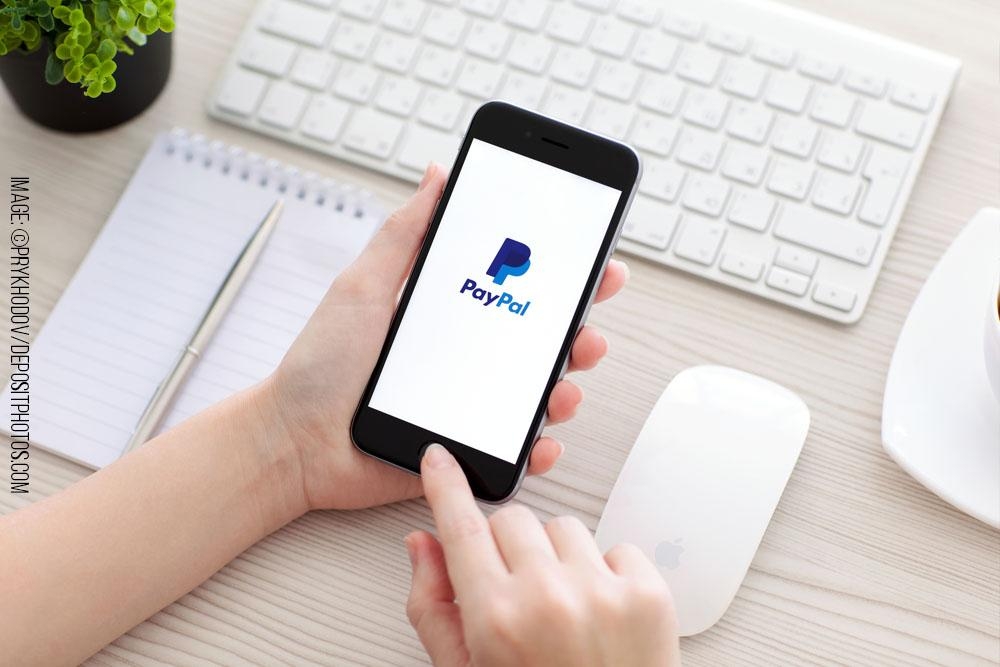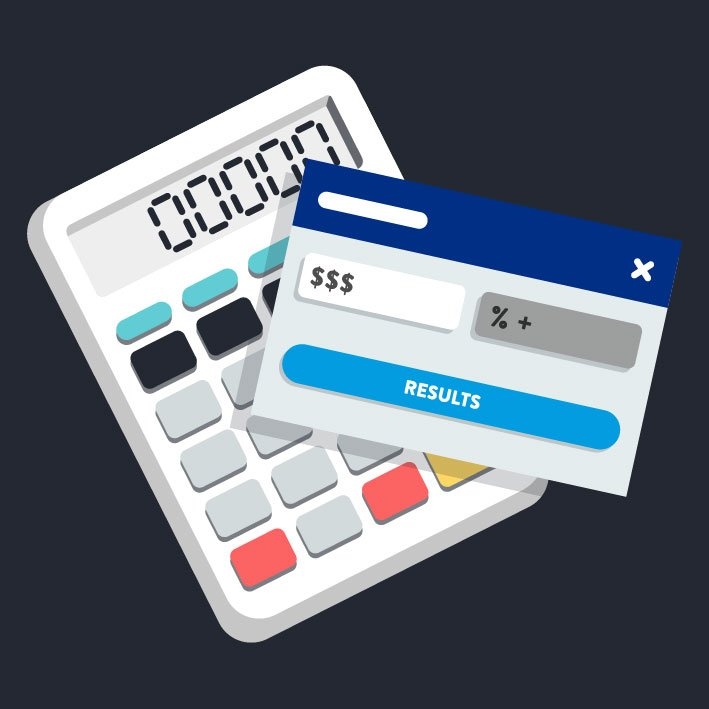11 paypal fee questions (answered & explained!)
If you’re a PayPal user, you may have noticed that the platform charges fees for certain transactions. But do you know exactly what those fees are for and how they’re calculated?
PayPal is one of the most popular online payment systems in the world, with millions of users making transactions on a daily basis. However, many users are still confused about the fees associated with using the platform.
If you’re an online business owner or a frequent online shopper, you’ve probably used PayPal at least once. But have you ever wondered about the fees that come with using this payment platform? How much are they? How are they calculated? And most importantly, are they worth it?
To help clear up any confusion, we’ve compiled a list of 11 common questions about PayPal fees, including what they’re for, how they’re calculated, and how you can avoid them. Whether you’re a buyer or a seller, understanding PayPal fees can help you save money and make the most of this convenient payment system. So, let’s dive in and get your PayPal fee questions answered and explained!
What Fees Does PayPal Charge?
PayPal charges two different types of fees: transaction and currency conversion fees. Transaction fees are charged when you send or receive payments through the platform, while currency conversion fees apply if you’re sending to someone in a different country or region. PayPal also has a flat fee for overseas payments and a fee for refunds, but these are generally smaller amounts.

What Is the Transaction Fee?
The transaction fee is a small percentage of the total payment that PayPal takes for facilitating your transaction. It is calculated based on a few factors, such as the type of payment you are sending (personal or business) and the country or region you are sending it to. The exact percentage may vary depending on these factors, but generally, PayPal charges between 2.9% and 3.9% of the total payment.
What Is the Currency Conversion Fee?
The currency conversion fee is a small percentage that PayPal charges if you are sending money to someone in a different country or region. Generally, it is around 2.5% of the total payment, but this may vary depending on the currencies involved in the transaction.
Are There Other Fees Associated With PayPal?
In addition to transaction and currency conversion fees, PayPal also charges a few other miscellaneous fees. For example, if you are sending money overseas, there is a flat fee that is applied to the total payment. This fee depends on the countries involved in the transaction and typically ranges from $0.30 to $2.00 USD.
Additionally, PayPal has a fee for refunds that is calculated based on the total payment amount and usually ranges from $0.30 to $3.00 USD.
Yes, there are other fees associated with PayPal. In addition to transaction fees, PayPal charges fees for currency conversions, chargebacks, and refunds. There are also fees for certain types of transactions, such as micropayments and cross-border payments. PayPal also offers additional services, such as PayPal Here for in-person payments and PayPal Pro for customized payment solutions, which come with their own fees. It’s important to carefully review PayPal’s fee structure and understand all the potential costs before using the platform for business transactions.
Are PayPal Fees Worth It?
PayPal fees can be a bit confusing, especially for those who are new to the platform. However, in most cases, these fees are worth it as they help cover the cost of providing a convenient and secure way to send and receive payments online.
Plus, PayPal offers a number of helpful features such as buyer protection and fraud prevention that can help protect your money when making transactions.
How Much Are PayPal Fees for Sellers?
Sellers can expect to pay slightly higher fees when using PayPal for transactions. Generally, the transaction fee is around 3.4% plus a flat fee of $0.30 USD for payments made within the Unites States or Canada. For international transactions, the fee is slightly higher at 4.4% plus a flat fee of $2.00 USD. Additionally, sellers will be responsible for any currency conversion fees that may be applied to the transaction.
PayPal fees for sellers vary depending on the type of transaction and the amount of money being transferred. For domestic transactions, PayPal charges a fee of 2.9% + $0.30 per transaction. For international transactions, PayPal charges a fee of 4.4% + a fixed fee based on the currency received. However, if the seller is receiving payments from buyers who are also using PayPal, there are no fees involved. PayPal also offers discounted rates for high-volume sellers and non-profit organizations. It is important for sellers to factor in these fees when pricing their products and determining their profit margins.
Do PayPal Fees Differ for Nonprofits?
PayPal does offer a discounted rate for nonprofit organizations. If you are registered as a 501(c)(3) organization, you can qualify for reduced transaction fees of 2.2% plus a flat fee of $0.30 USD. Additionally, nonprofits may be eligible for other discounts such as discounted or waived currency conversion fees.
Yes, PayPal fees do differ for nonprofits. PayPal offers a discounted rate for registered nonprofit organizations. This discounted rate is 2.2% plus $0.30 per transaction for eligible charities, which is lower than the standard rate of 2.9% plus $0.30 per transaction for regular accounts. However, the nonprofit must provide proof of their 501(c)(3) status to be eligible for the discounted rate. Additionally, PayPal offers additional features for nonprofits, such as donation buttons and fundraising tools, to help them raise funds more effectively. Overall, PayPal provides a helpful service for nonprofits to accept donations and manage their finances efficiently.
Can You Avoid PayPal Fees?
In most cases, it is not possible to completely avoid PayPal fees. However, there are a few ways to keep them low and maximize your savings. For starters, try to always send payments in the same currency as the recipient. This will help you avoid additional currency conversion fees. Additionally , if you are sending payments with a debit or credit card, you may be able to negotiate lower fees with PayPal.
It is difficult to completely avoid PayPal fees, as they are a part of the service that PayPal provides. However, there are some ways to minimize the fees that you pay. Firstly, you can link your PayPal account to your bank account rather than your credit card, as bank transfers usually have lower fees. Additionally, you can choose to receive payments in your local currency to avoid currency conversion fees. It is also important to read and understand PayPal’s fee structure, and to choose the right type of account for your needs. While it may not be possible to completely avoid PayPal fees, taking these steps can help to minimize them.
Are There Alternatives to Paypal?
Yes, there are many alternatives to PayPal available. Some of the most popular services include Venmo, Google Pay, and Apple Pay. All of these services offer similar features as PayPal and may have lower fees depending on the type of payment you are sending. Additionally, some services may have better security features or additional features such as rewards programs that make them a better choice compared to PayPal.
One of the biggest advantages of using PayPal is its speed and convenience. With just a few clicks, you can quickly make payments to any recipient in the world. Plus, PayPal offers additional safety measures such as buyer protection and fraud prevention that can help ensure that your money is secure when sending or receiving payments online. Additionally, you can set up automatic payments if you need to make regular transfers.
When it comes to payment services, PayPal is a leader in the industry. They offer a wide range of features and benefits for both buyers and sellers, making it easier than ever to send money quickly and securely. Plus, their fees are competitive with other payment services, which means you can get the most value out of your transactions.
What Are the Fees for PayPal Card Readers?
PayPal also offers a range of card readers that you can use to accept payments from customers. These card readers are easy to use and connect directly to your PayPal account, making it simple to process payments on the go. The fees for these services vary depending on the type of reader you’re using. Generally, PayPal charges a flat fee per transaction plus an additional percentage based on the total sale amount.
PayPal offers two types of card readers: the PayPal Chip and Swipe Reader, and the PayPal Chip Card Reader. The Chip and Swipe Reader costs $24.99, while the Chip Card Reader is priced at $59.99. Both readers come with a 2.7% transaction fee for every payment processed, which is deducted automatically from the payment amount.
There are no additional fees for activation, cancellation, or monthly service charges. PayPal also offers a free mobile app for managing transactions and accessing business insights. Overall, the fees for PayPal card readers are competitive and transparent, making them a popular choice for small businesses and entrepreneurs.
Are There Other Fees I Should Know About?
In addition to the fees outlined above, there may be other fees that you should be aware of when using PayPal. For instance, if you are transferring money from one currency to another, you may be subject to exchange rate fees or currency conversion fees.

Additionally, PayPal may charge extra for certain services such as international transfers or credit card payments. It’s important to review their fee structure before making any transactions to ensure you understand all the costs associated with your payment.